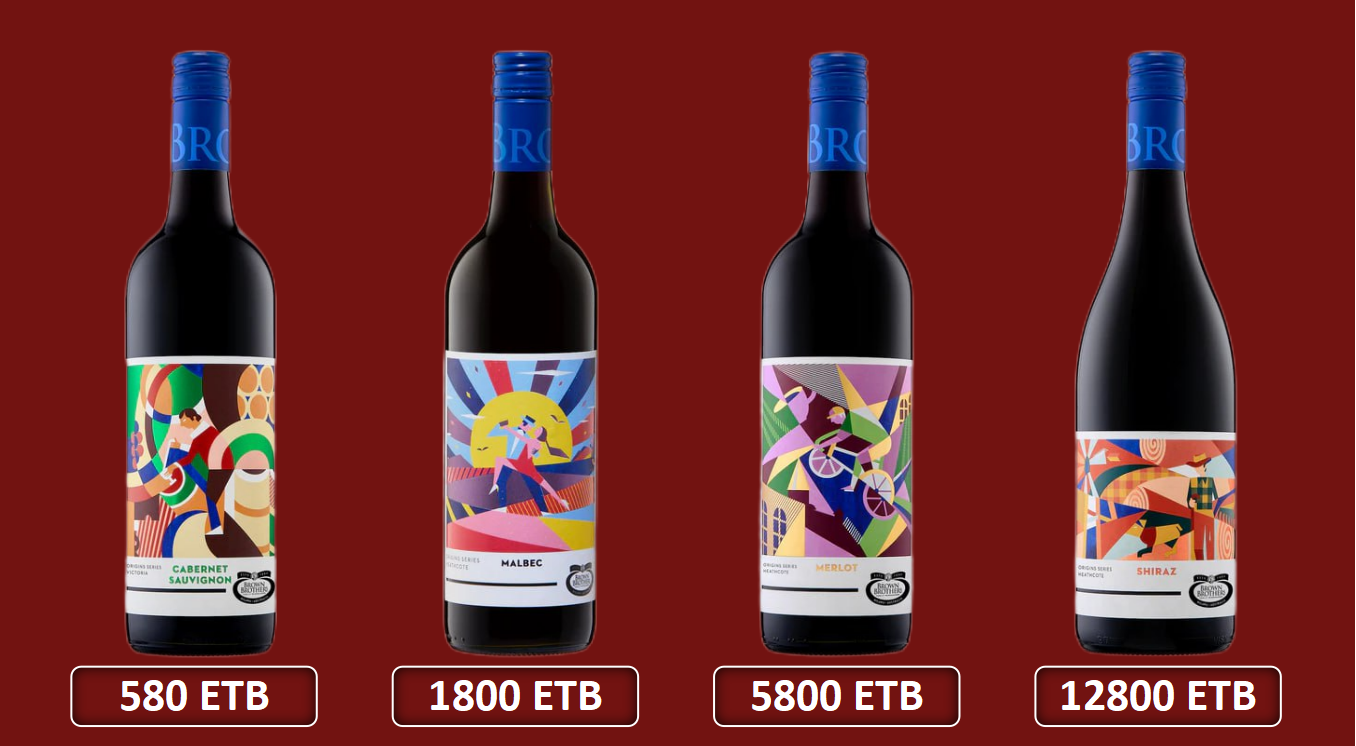OUR HISTORY
In 2004 Alex and Carrie VIK set out with the audacious goal of making one of the world’s best wines.
After a 2-year scientific search we found the best terroir in South America in Millahue (Cachapoal Valley) of Chile, a beautiful country dedicated to producing world-class wines.

One of the major trends in the Ethiopian wine market is the rise of domestic wine production. Local wineries are emerging to produce wines that cater to the taste preferences of Ethiopian consumers. These wines are often made from locally grown grapes and have a unique flavor that resonates with the local market. The driving force behind this trend is the government's support for the development of the local wine industry and the promotion of domestically produced wines. Another trend in the market is the growing popularity of imported wines. Ethiopian consumers are becoming more adventurous in their wine choices and are exploring wines from different parts of the world. Importers and distributors are taking advantage of this trend and offering a wide variety of imported wines that cater to different taste preferences and price points.

Ethiopia has a rich cultural heritage and a long history of winemaking. The country's unique climate and soil conditions make it suitable for growing grapes, and wine production has been part of Ethiopian culture for centuries. This cultural heritage and tradition plays an important role in shaping the local wine market, as consumers have a strong affinity for locally produced wines.

The growth of the Ethiopian wine market can also be attributed to underlying macroeconomic factors. The country’s economy has been growing steadily, leading to an increase in disposable income for the middle class. As a result, consumers have greater purchasing power and are willing to spend on luxury goods, including wine. In addition, urbanization and globalization have exposed Ethiopian consumers to different cultures and lifestyles, leading to a greater appreciation for wine and its associated values. In conclusion, the Ethiopian wine market is going through a period of growth and development. With changing lifestyles, rising disposable incomes, and a growing appreciation for wine culture, consumer preferences are shifting towards wine consumption. Domestic wine production is on the rise, catering to the taste preferences of Ethiopian consumers, while imported wines are also gaining popularity. The unique cultural heritage and underlying macroeconomic factors further contribute to the growth of the Ethiopian wine market.

Our focus is on mitigating, restoring and improving the land through sustainable practices in viticulture, winemaking processes and vineyard operations.











